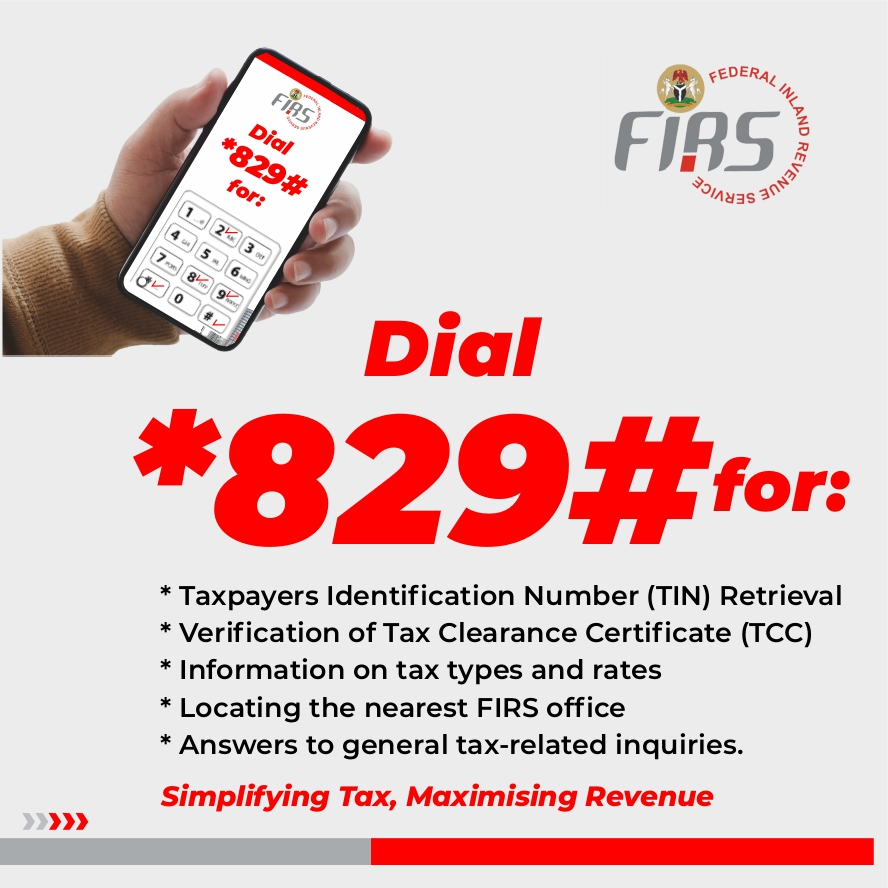Business & Economy
CBN Issues Guidelines For Basel III, To Commence Implementation In November
The Nigerian Central Bank (CBN) has set November 2021 as the deadline for banks to begin implementing Basel III criteria.
The Basel III standard is a voluntary global regulatory framework that addresses bank capital adequacy, stress testing, and market liquidity risk.
This follows its declaration a year ago (September 11, 2020) that it will begin a gradual adoption of Basel III requirements and update existing Basel II guidelines on Regulatory Capital and Supervisory Review Process in the fiscal years 2020-2021.
This was disclosed in a circular to all banks, with ID-BSD/ DIR/PUB /LAB /14/ 063, signed by Haruna Mustafa, Director of Banking Supervision.
The CBN stated that the recommendations will be implemented in tandem beginning November 2021 for a six-month period, which could be extended by another three months if supervisory expectations are met.
The CBN also announced that all banks must submit monthly returns no later than five working days after the end of the previous month, with effect from November 2021.
The Basel III guidelines will run concurrently with the existing Basel II guidelines during the parallel run, and the Basel Ill guidelines will become completely effective after the parallel run is over, according to CBN.
“Finally, all banks are to note that capital add-on will be introduced in a phased manner as part of the overall supervisory process of Pillar II assessment to enhance better risk management practices and better align their capital with their risk profiles,” the CBN added.
This aims to decrease the risk of the financial sector becoming overly leveraged and to protect against undue concentration.
According to the CBN, the goal of these guidelines is to specify the minimum Liquidity Coverage Ratio (LCR) standards for reporting companies in the Nigerian banking system.
What you should know
- The Basel III standard is a voluntary global regulatory framework that addresses bank capital adequacy, stress testing, and market liquidity risk.
- By raising bank liquidity and lowering bank leverage, the norm aims to increase bank capital requirements.
- The CBN has also released guidelines for the Liquidity Coverage Ratio (LCR), Liquidity Risk Management (LRM), and Internal Liquidity Adequacy Assessment Process (ILAAP), Large Exposures, and Regulatory Capital Definition, among other criteria.
- The LCR strives to improve reporting entities’ short-term liquidity risk profile by ensuring that they have enough unencumbered high-quality liquid assets (HQLA) that can be convertible cheaply and quickly into cash in private markets to survive a substantial stress scenario lasting 30 calendar days.




